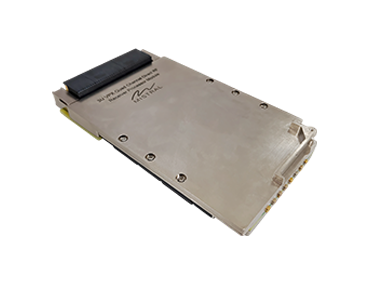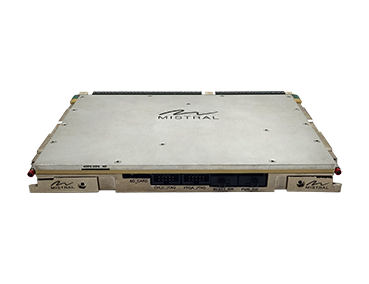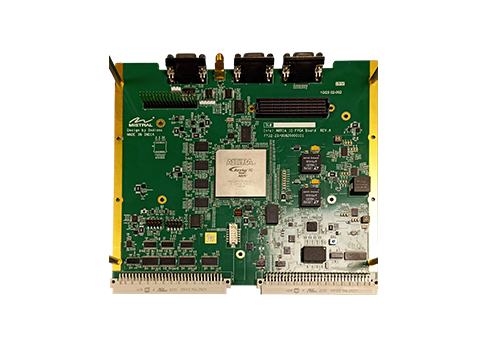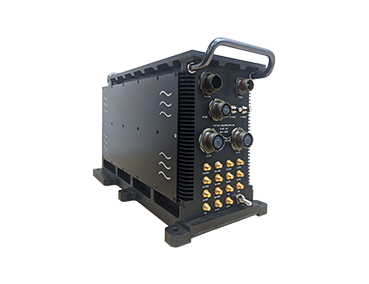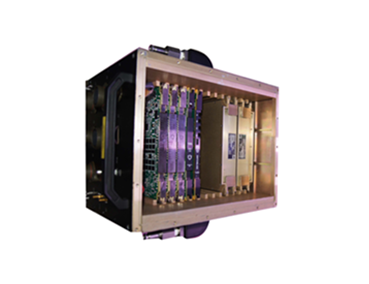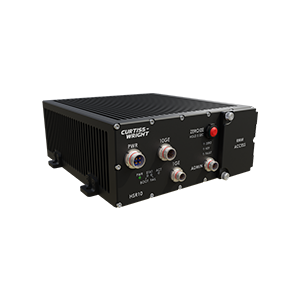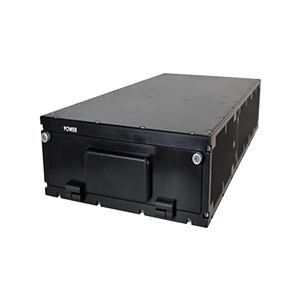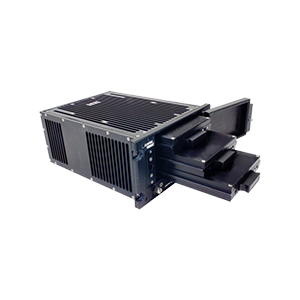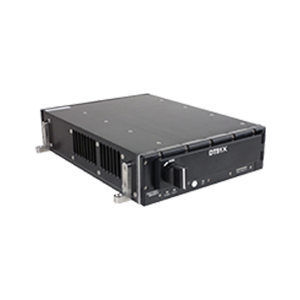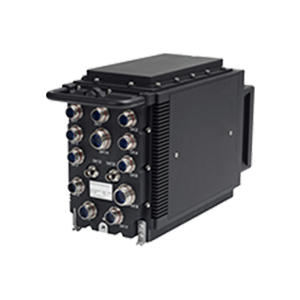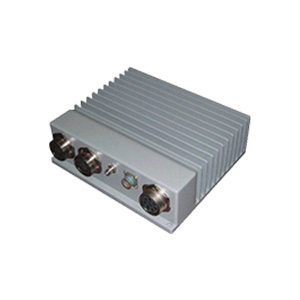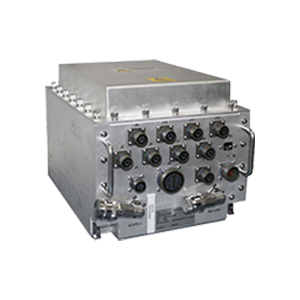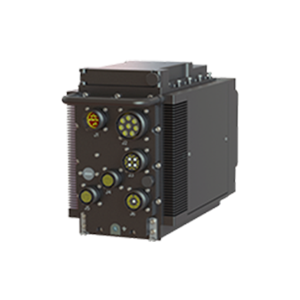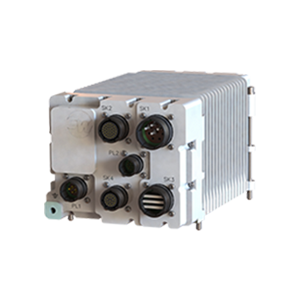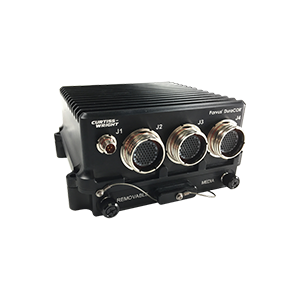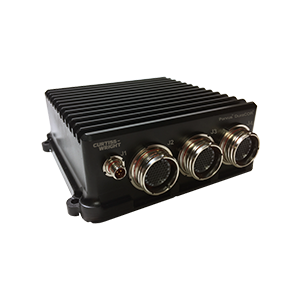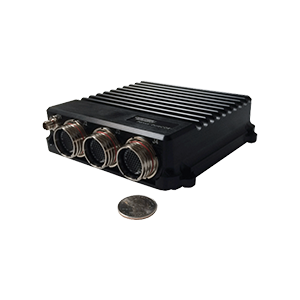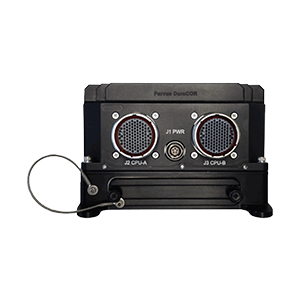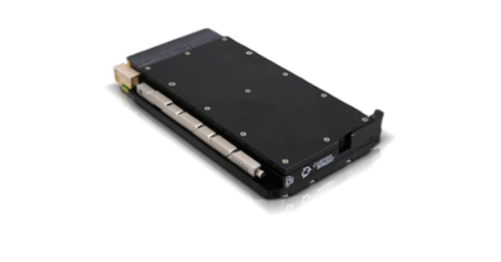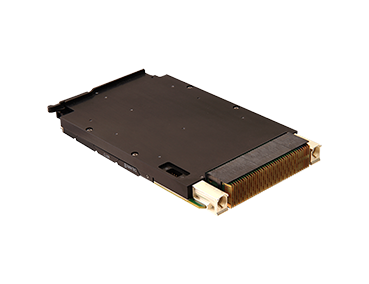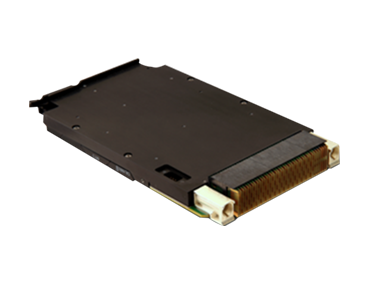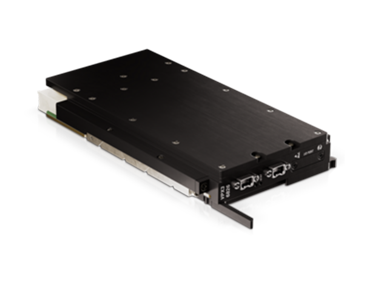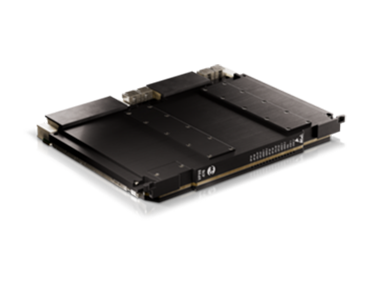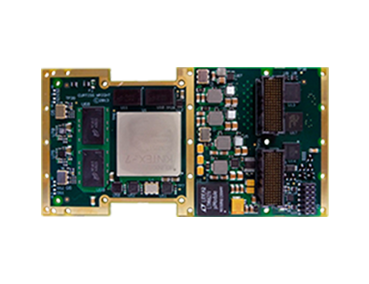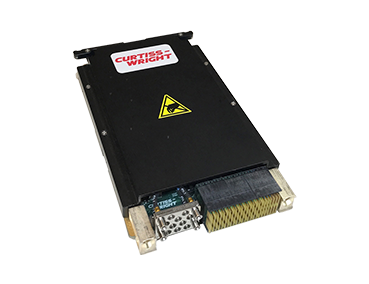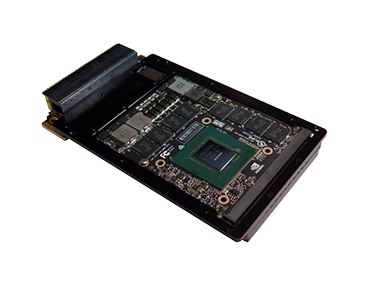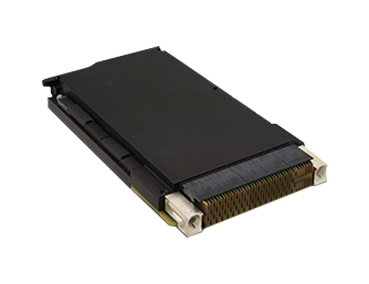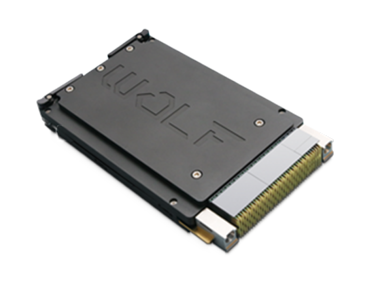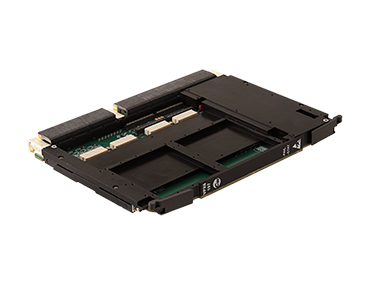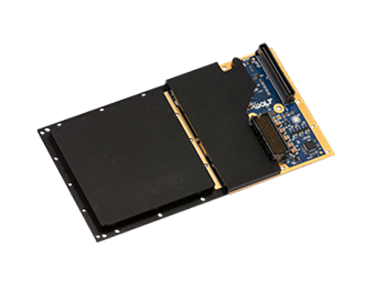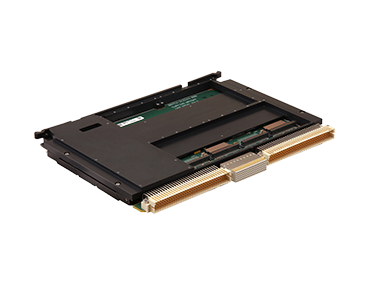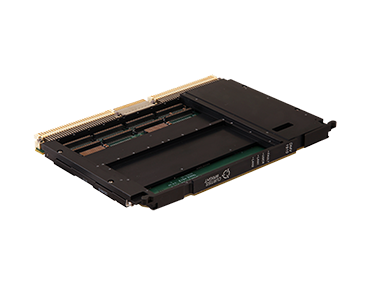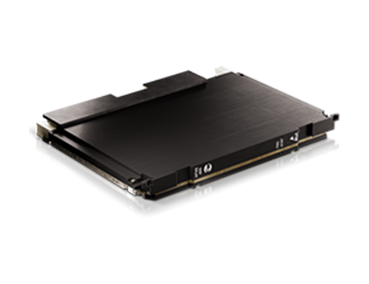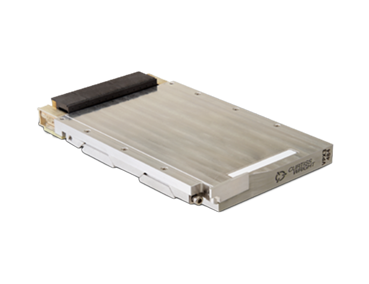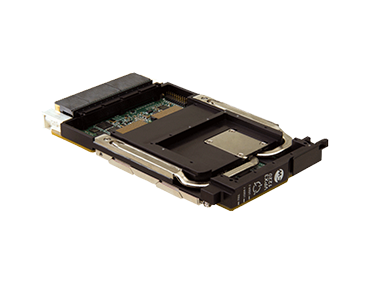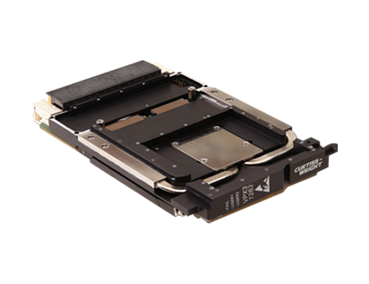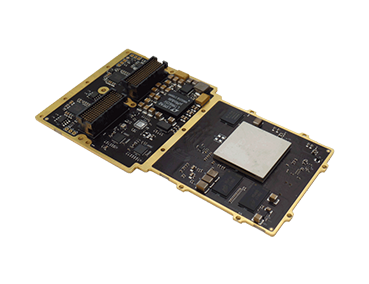Altera Direct RF 3U VPX Module for Mission-Critical Signal Processing
The VPX3U-AGRW014 Processing Card from Mistral is a next-generation Altera Direct RF 3U VPX Module designed for high-speed signal processing in Radar, SIGINT (Signals Intelligence), and Electronic Warfare (EW) applications. This SOSA-aligned 3U VPX Module leverages the power of the Altera Agilex 9 Direct RF FPGA to deliver ultra-low latency and unmatched performance for mission-critical defense and aerospace systems.
Altera Direct RF 3U VPX Module Capabilities
Engineered around the Altera Agilex 9 Direct RF FPGA, the VPX3U-AGRW014 achieves up to 64 GSps Direct RF performance setting new standards in wideband data acquisition and real-time signal processing. Integrated with Quad ARM Cortex-A53 cores, wideband ADC/DACs, and Intel’s 10nm SuperFin technology, this Altera Direct RF 3U VPX Module offers transceiver speeds up to 58 Gbps, ensuring maximum throughput and signal fidelity.
SOSA-aligned 3U VPX Module Architecture
This SOSA-aligned 3U VPX Module supports 40Gb Ethernet, VITA 46 high-speed backplane connectors, and a customizable analog interface mezzanine site for easy integration into modular systems. Optimized for Intel Quartus Prime Pro 24.2, the VPX3U-AGRW014 simplifies FPGA design workflows and speeds up debugging and deployment.
Designed for Defense, Aerospace, and Beyond
The VPX3U-AGRW014 Altera Direct RF 3U VPX Module is ideal for modern electronic warfare, advanced radar platforms, and signals intelligence applications that demand high-throughput and ultra-low-latency data processing. Its Altera Agilex 9 Direct RF FPGA backbone ensures optimal performance across multi-mission environments. In addition to defense and aerospace, this SOSA-aligned 3U VPX Module is well-suited for 5G/6G wireless communication, space-based signal processing, and test & measurement applications that require compact, high-speed FPGA solutions.
Compact, Rugged, and Scalable
Providing superior SWaPC (Size, Weight, Power, and Cost) advantages, the VPX3U-AGRW014 Altera Direct RF 3U VPX Module is tailored for rugged deployment across airborne, naval, and land-based platforms. Its SOSA-aligned 3U VPX form factor ensures easy scaling and interoperability with other OpenVPX systems.
Looking to accelerate real-time signal processing with the latest in FPGA technology?
Reach out to Mistral to explore how the VPX3U-AGRW014 Altera Agilex 9 Direct RF FPGA-based solution can power your next mission.




